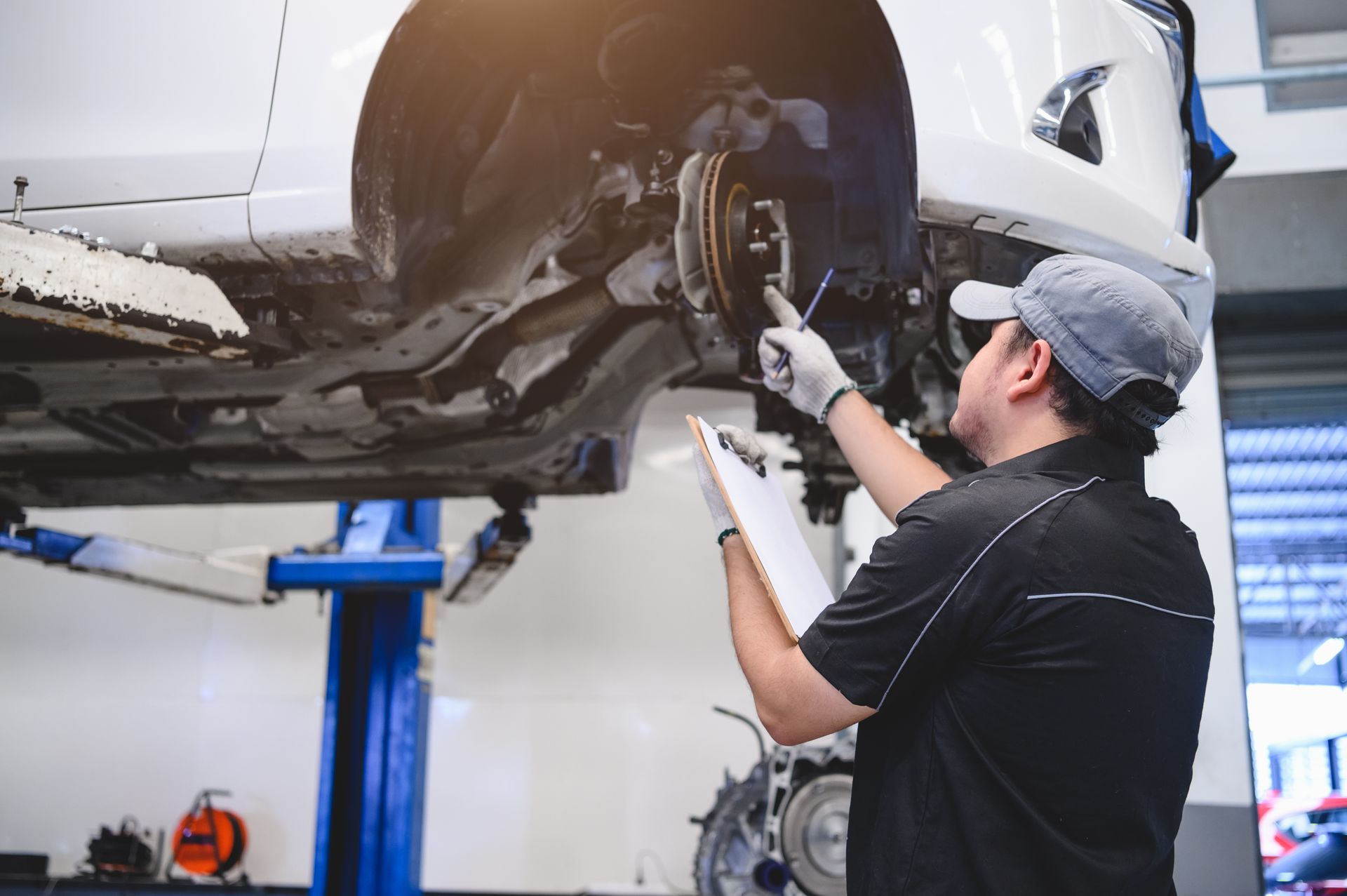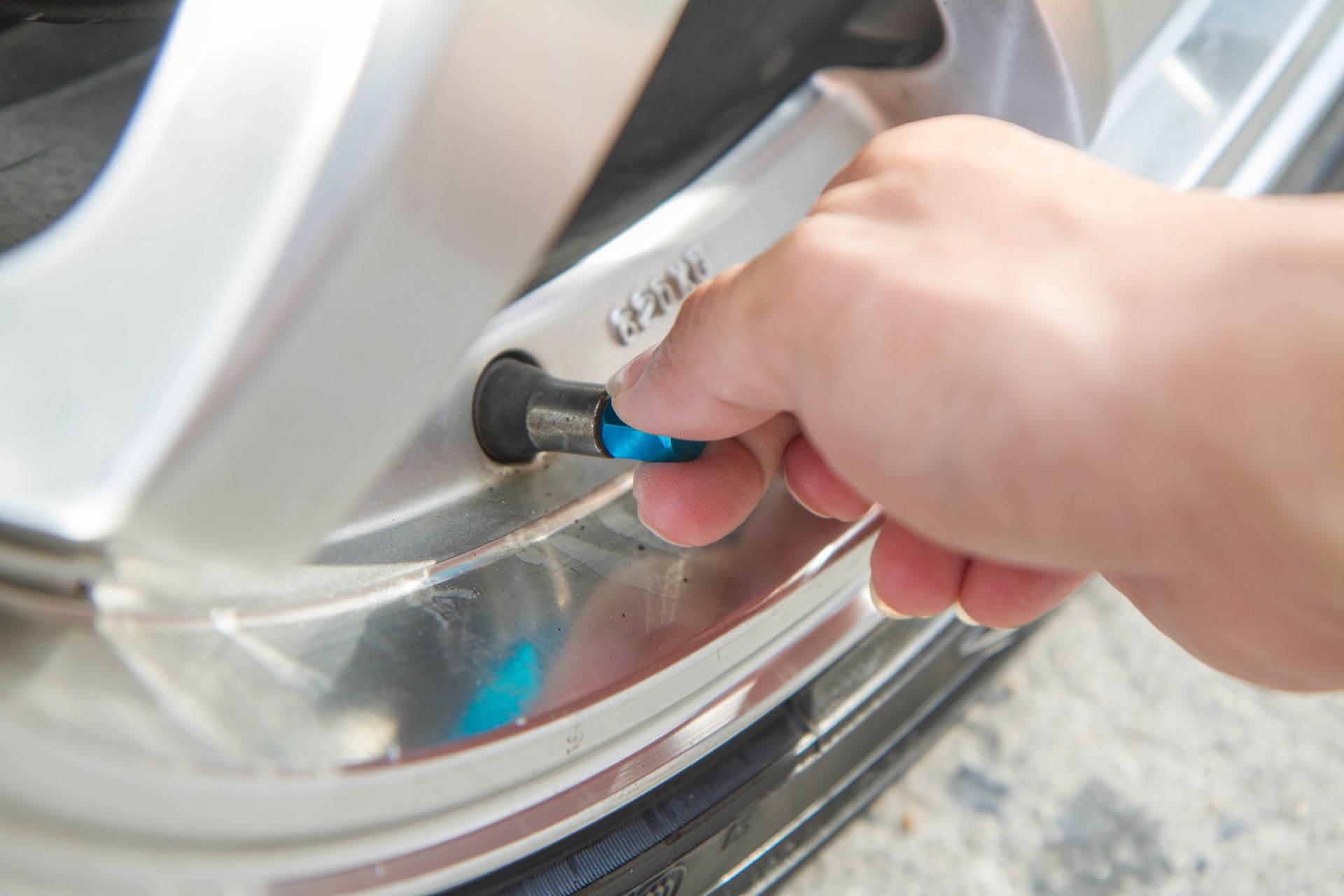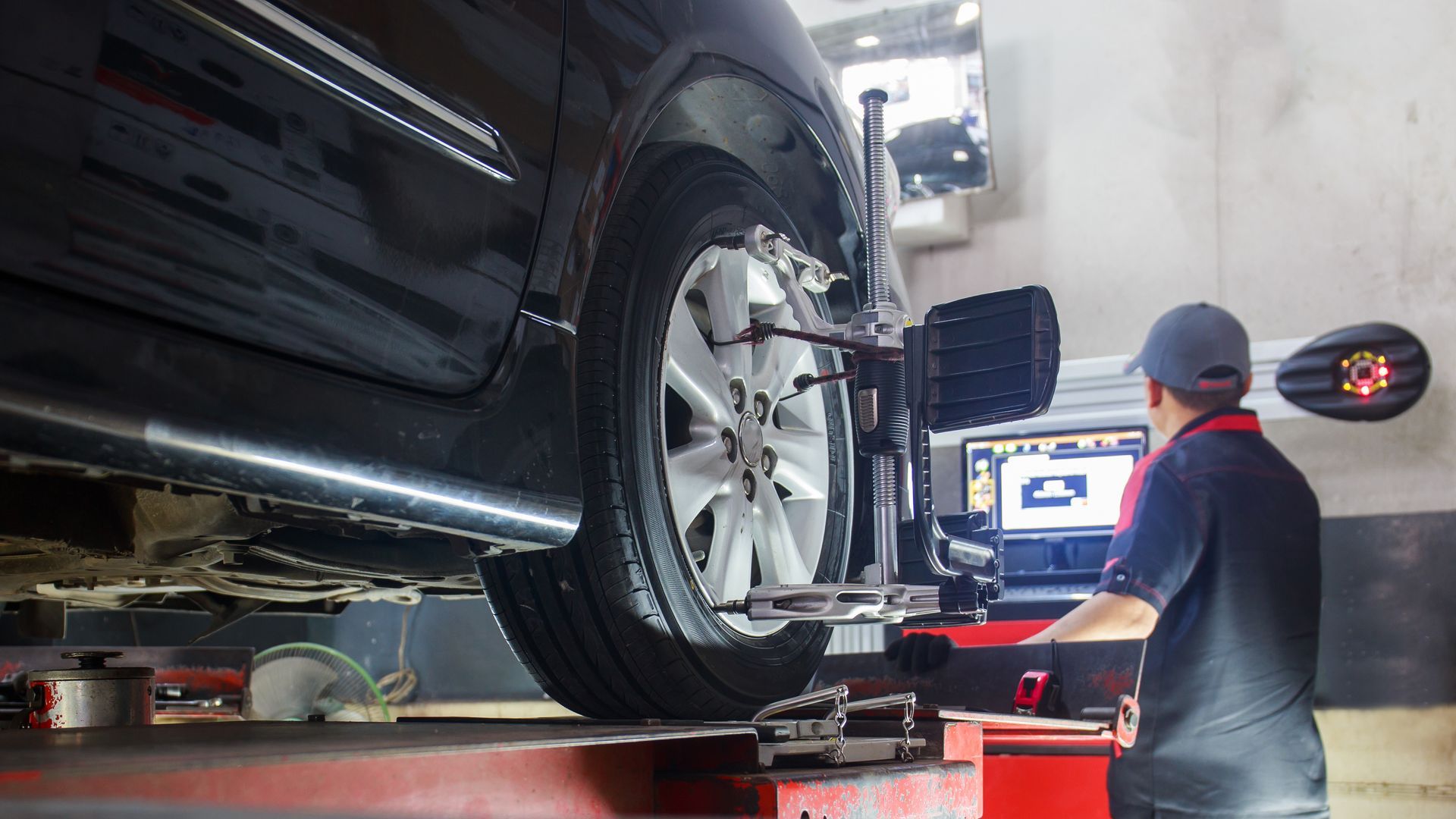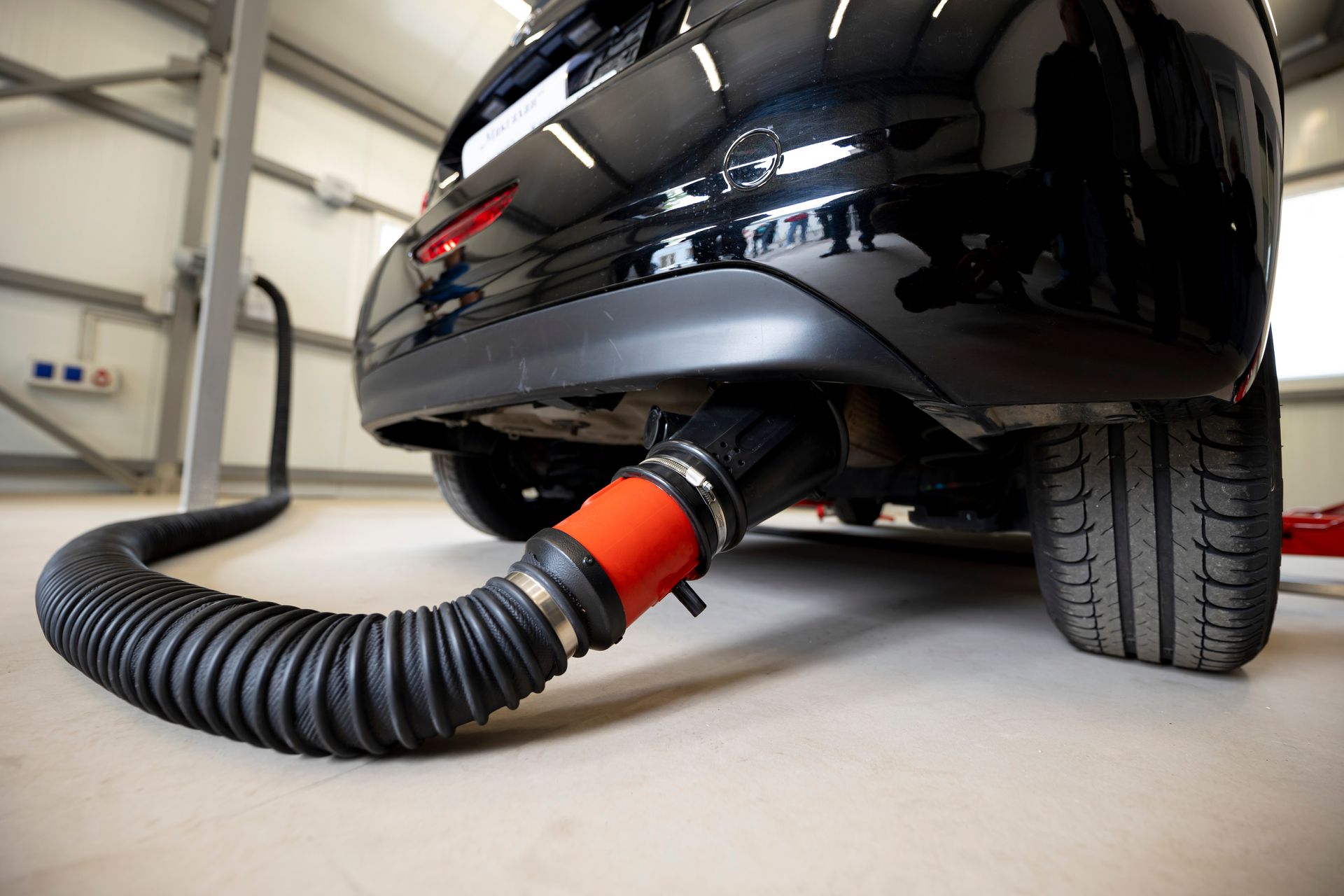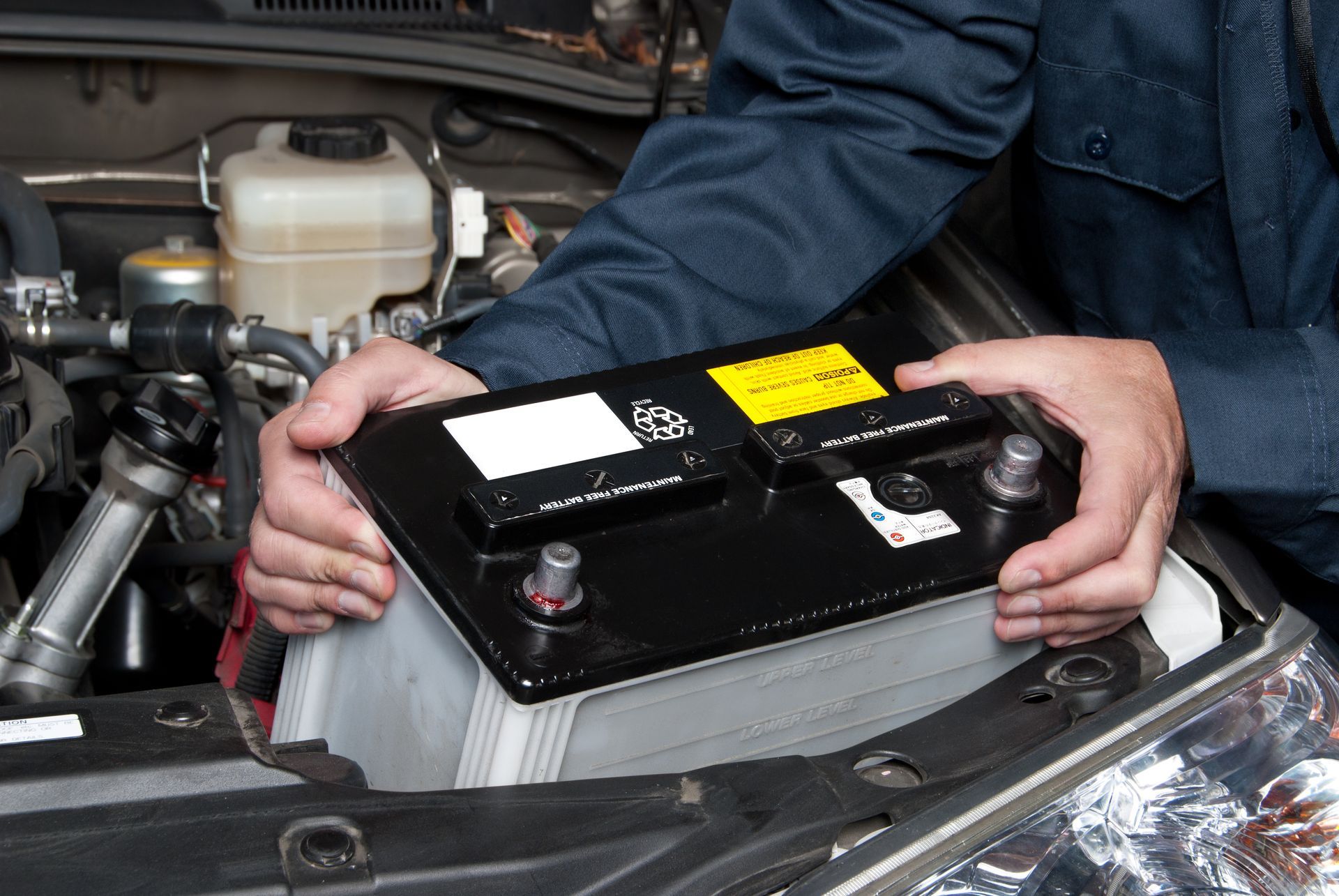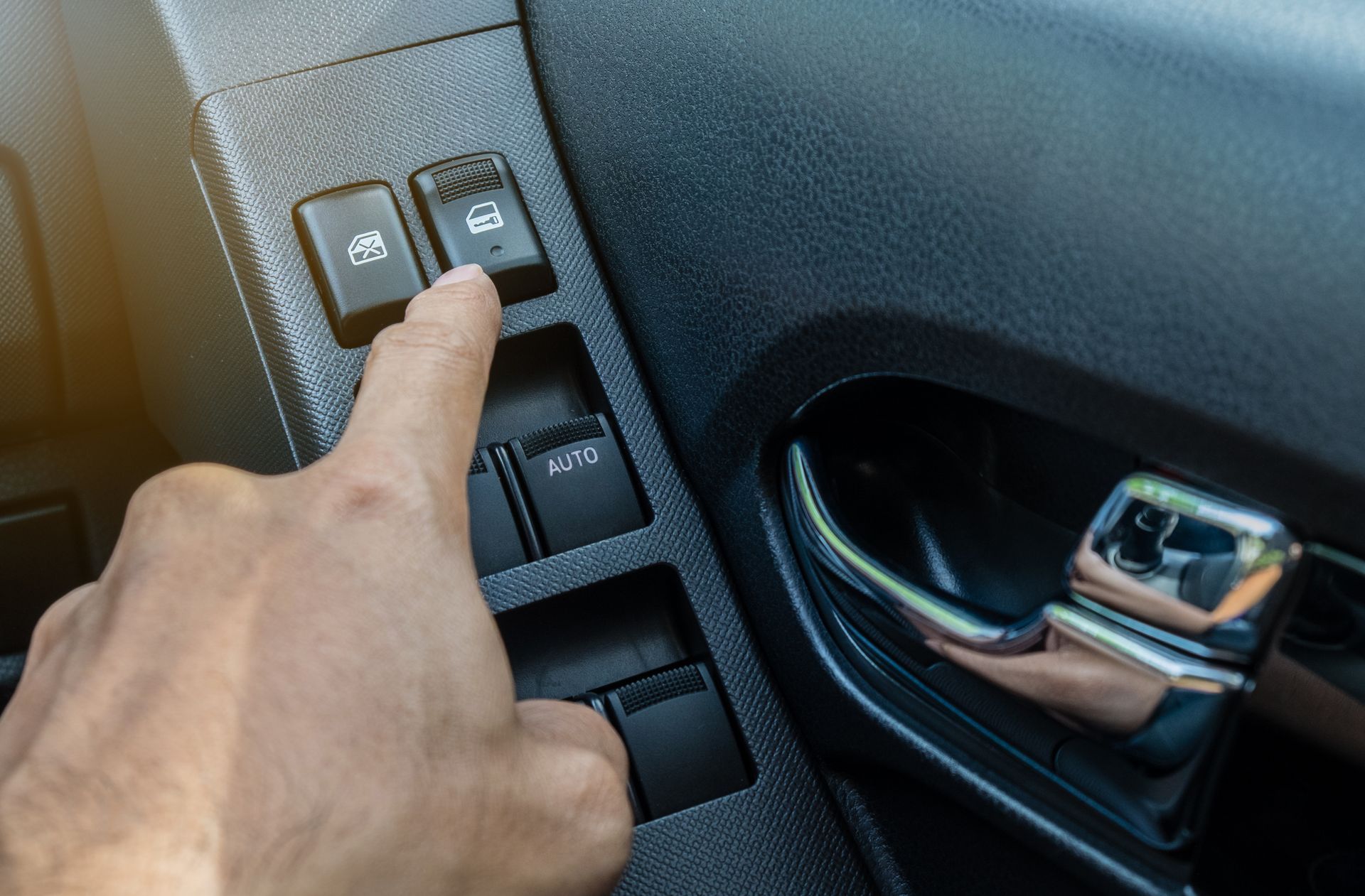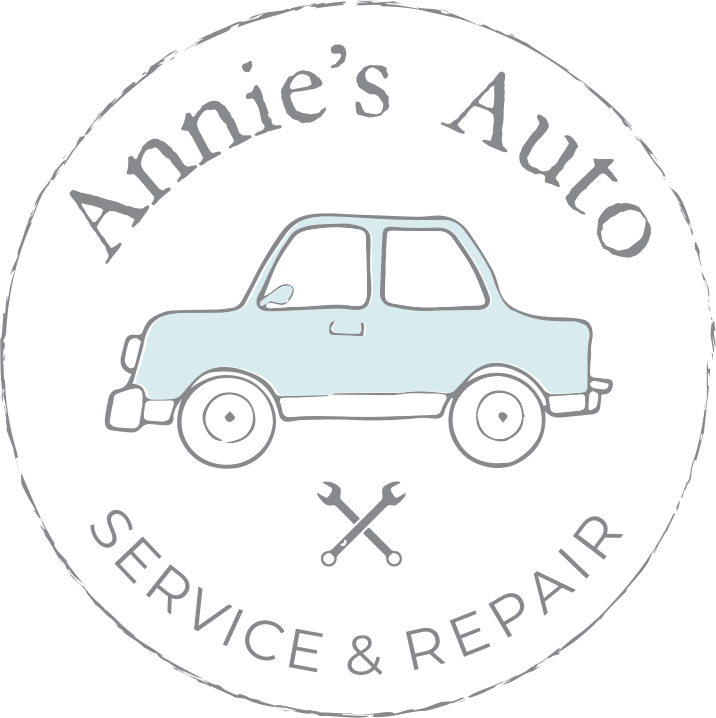Does your vehicle have disc brakes up front and drum brakes in the rear? This setup is still common in many new cars, especially compact and midsize sedans. While it might seem like an odd mix of new and old technology, this combination has a practical reason.
Automakers don't make these decisions randomly. The choice to use front disc and rear drum brakes has everything to do with how vehicles stop, how weight is distributed, and how costs are managed. If you’re wondering whether this setup is safe, effective, or just a budget choice, here’s what you need to know.
Difference Between Disc and Drum Brakes
Disc brakes work by squeezing a rotor (or disc) between two brake pads using a caliper. This design offers strong, consistent stopping power and excellent heat dissipation. It’s used on the front wheels of nearly all vehicles and on all four wheels of performance or high-end cars.
Drum brakes use brake shoes that press outward against a spinning drum. While they don’t dissipate heat as well, they are enclosed and provide solid braking performance for lighter loads. They also handle parking brake duties efficiently and cost less to manufacture and service.
Both systems use friction to slow down the vehicle, but they perform differently under repeated or heavy braking, which is why placement matters.
Why Disc Brakes Go on the Front
When you press the brake pedal, most of the vehicle’s weight shifts forward. This forward weight transfer puts more demand on the front brakes. In fact, the front brakes handle around 70 to 80 percent of the total stopping force. That’s why disc brakes, which can handle higher heat and repeated braking without fading, are almost always used in the front.
Disc brakes also respond faster and are less likely to lock up under hard braking—two big advantages in emergency situations. This is especially important for steering control, since the front wheels also handle directional changes.
Why Drums Still Work for the Rear
Since the rear wheels do less of the braking, they don’t need as much stopping power. Drum brakes, while older in design, are more than capable of managing the rear braking force in most passenger vehicles.
They also offer a built-in advantage: the enclosed design makes them great at handling the parking brake. In fact, some vehicles that have four-wheel disc brakes still use a small drum mechanism inside the rear rotor just for the parking brake function.
In daily driving, especially in areas like Ohio where weather varies across all four seasons, drum brakes tend to last longer, require less frequent service, and are less exposed to road debris. Their sealed housing offers extra protection against rust, dust, and road salt.
Cost Efficiency and Maintenance
Drum brakes are less expensive to manufacture, which helps automakers keep the total cost of a vehicle down. For many drivers, the reduced maintenance cost and durability make them a practical option. They don’t wear out as quickly as front discs, and many last the life of the vehicle with only minimal service.
If you’re not driving a heavy vehicle or towing large loads, rear drums can deliver all the braking performance you need without the added expense of rear discs.
Are You Missing Out by Not Having Rear Discs
Not necessarily. For most everyday drivers, a front-disc and rear-drum setup performs perfectly well. You may not notice much of a difference unless you’re braking heavily, towing regularly, or doing a lot of downhill driving. Even then, if your vehicle is properly maintained and your braking system is in good condition, you can rely on it to do the job safely.
Performance vehicles, trucks with heavy payloads, and high-end models often use four-wheel disc brakes because they’re built for more demanding driving. However, for the average commuter or family car, rear drums are still a smart and safe choice.
When to Have Your Brakes Inspected
Regardless of which type of brake system your vehicle has, regular inspections are essential. If you notice a soft brake pedal, squeaking noises, grinding, or reduced braking power, check your brakes.
Letting issues go too long can cause uneven wear or lead to more expensive repairs down the line. Even if everything feels fine, having the brakes inspected during regular service intervals can help catch problems early and ensure everything is functioning as it should.
Annie’s Auto – Complete Brake Service Across Ohio
At Annie’s Auto, we understand the differences between braking systems and how to care for both disc and drum setups. Whether you need a brake inspection or replacement, or just want advice on your vehicle’s braking performance, our team at any of our four Ohio locations is here to help. Stop by and let us keep your car stopping safely and confidently, wherever the road takes you.
Visit one of our Ohio locations for expert service:
- Cleveland, OH 44130
- Brunswick, OH 44212
- Avon, OH 44011
- Cleveland, OH 44102

